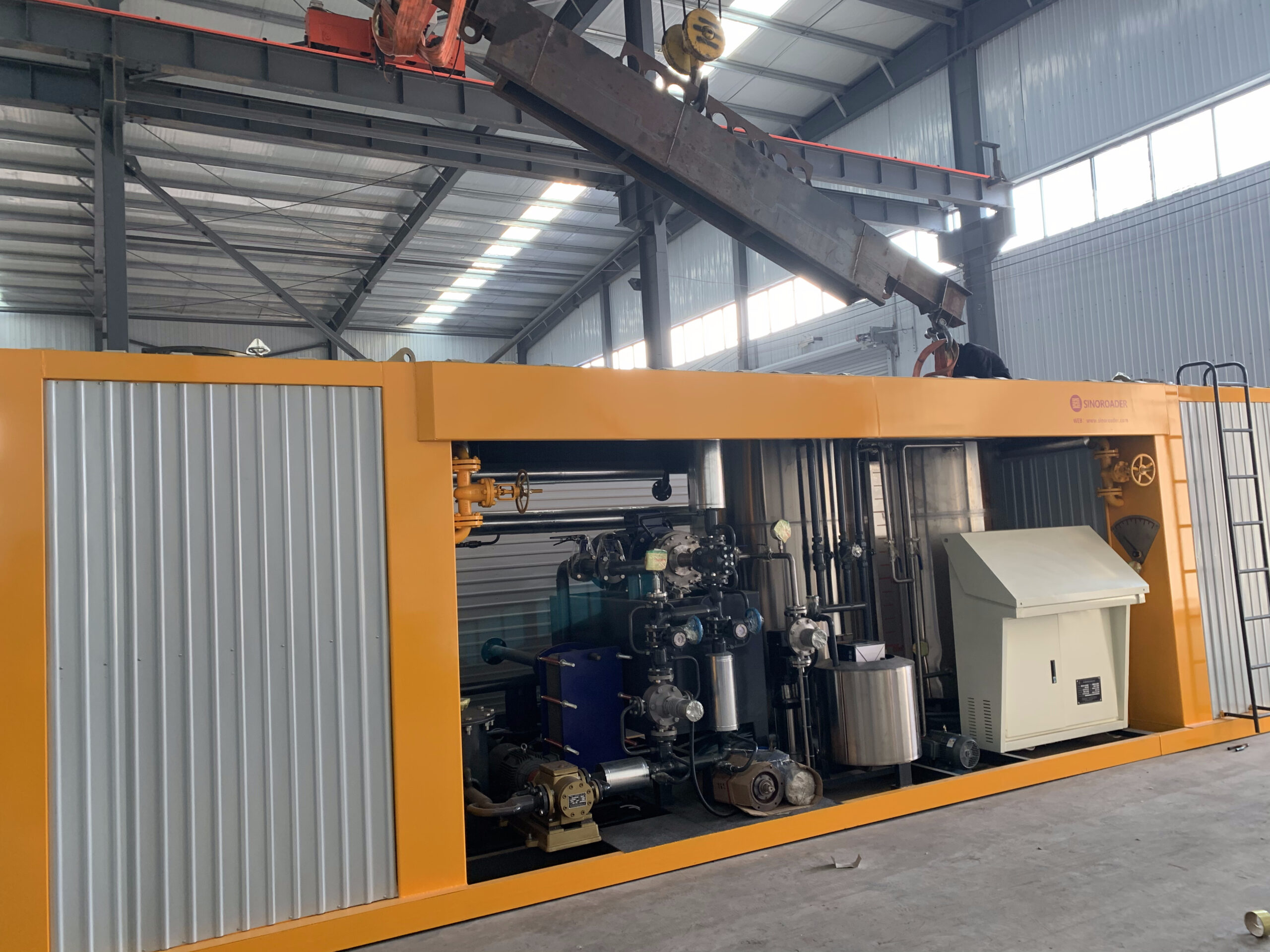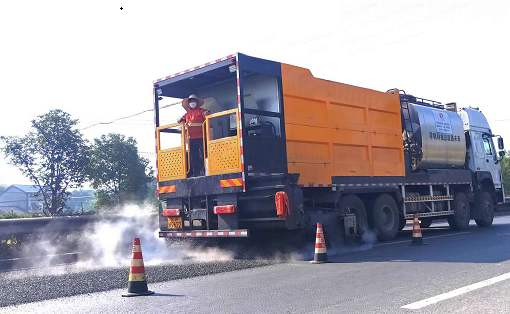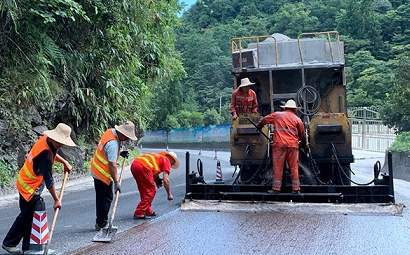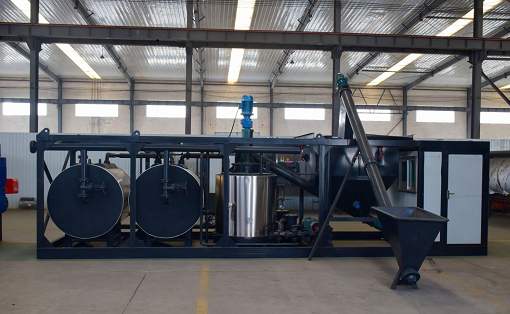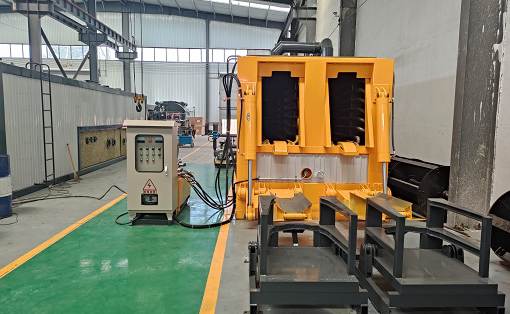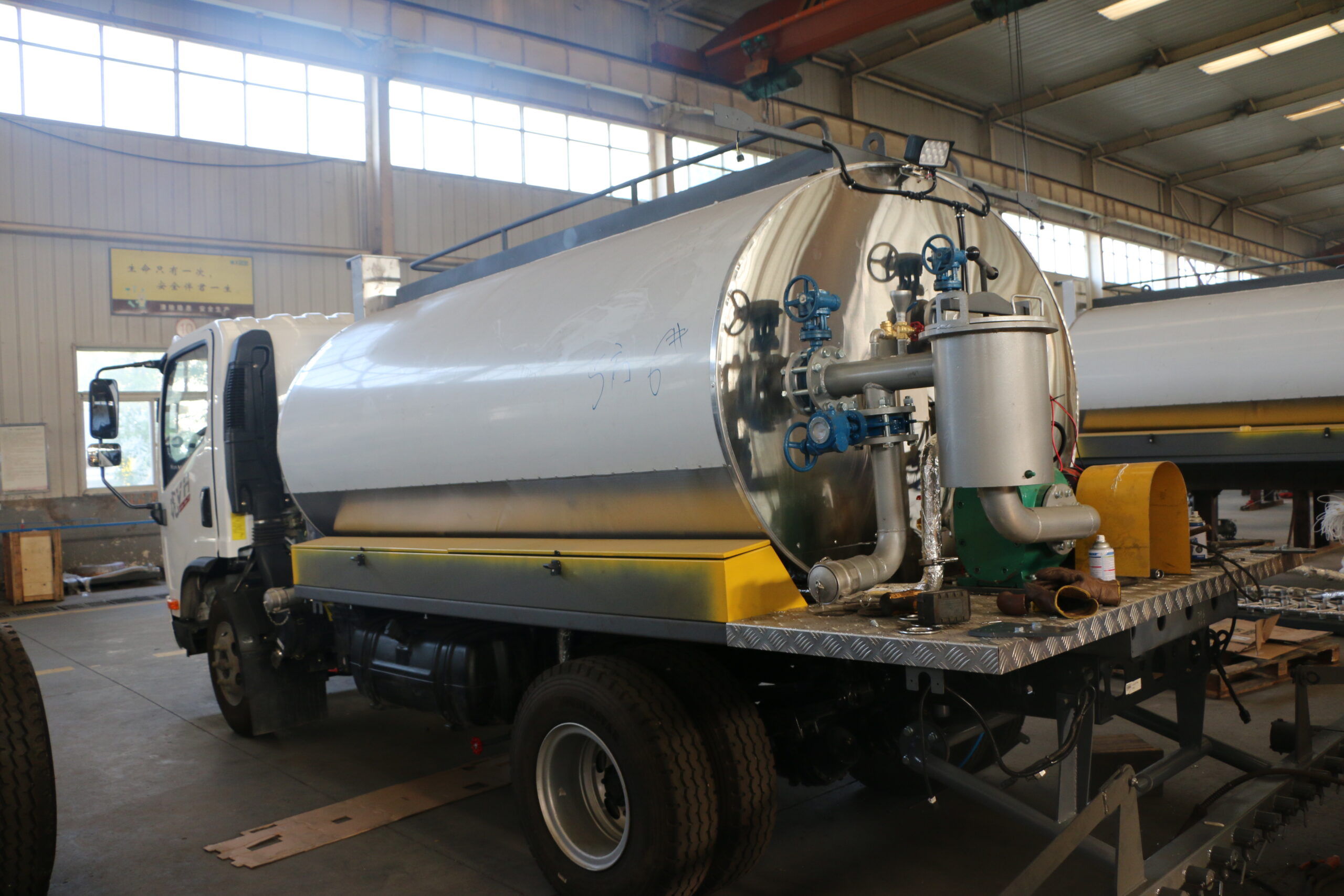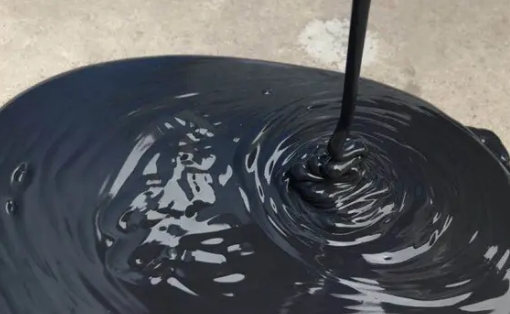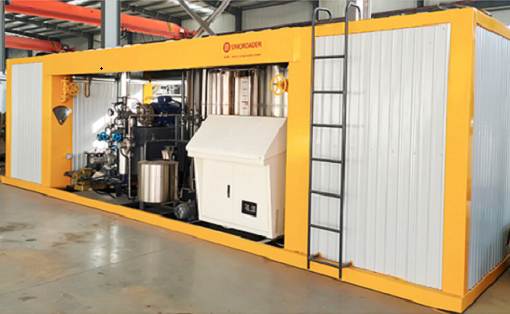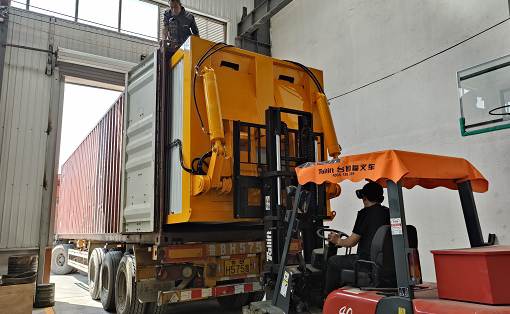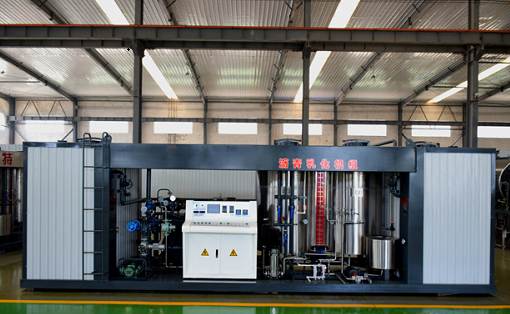How does emulsified asphalt equipment produce asphalt emulsion?
In the asphalt-water system, the emulsifier molecules move between the asphalt and water interface, and the water-loving groups of the molecules are adsorbed on the surface of the asphalt, making it charged, while the hydrophilic groups enter the water phase. This connects the asphalt particles with water, reducing the interfacial tension between the two. At the same time, because the asphalt particles have the same charge and repel each other, they are prevented from agglomerating with each other, so that the asphalt emulsion can remain uniform and stable for a certain period of time. The nature of the charge is determined by the charge of the hydrophobic group or hydrocarbon chain of the emulsifier. If it is negatively charged, the asphalt particles are negatively charged, and the emulsion formed is an anionic asphalt emulsion. Otherwise, it is a cationic asphalt emulsion. If the asphalt particles have both negative and positive charges, the emulsion is a zwitterionic asphalt emulsion; in addition, there is also a non-ionic asphalt liquid.
In the asphalt-water system, the emulsifier molecules move between the asphalt and water interface, and the water-loving groups of the molecules are adsorbed on the surface of the asphalt, making it charged, while the hydrophilic groups enter the water phase. This connects the asphalt particles with water, reducing the interfacial tension between the two. At the same time, because the asphalt particles have the same charge and repel each other, they are prevented from agglomerating with each other, so that the asphalt emulsion can remain uniform and stable for a certain period of time. The nature of the charge is determined by the charge of the hydrophobic group or hydrocarbon chain of the emulsifier. If it is negatively charged, the asphalt particles are negatively charged, and the emulsion formed is an anionic asphalt emulsion. Otherwise, it is a cationic asphalt emulsion. If the asphalt particles have both negative and positive charges, the emulsion is a zwitterionic asphalt emulsion; in addition, there is also a non-ionic asphalt liquid.

